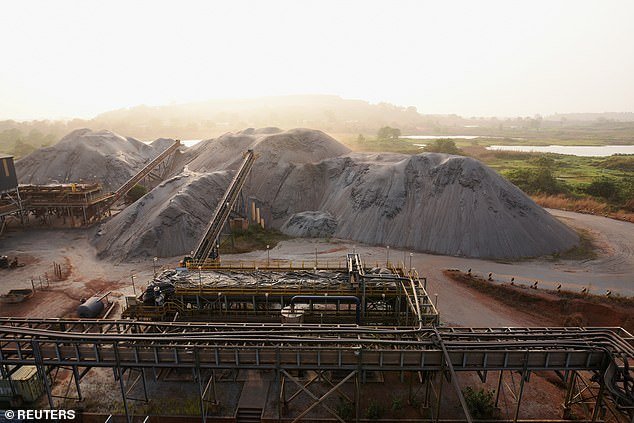Australian coal exports to China have been officially blocked for the first time, and import restrictions are expected to shake up the $14 billion export industry. The decision, taken by China’s National Development and Reform Commission and reported by state media on Monday, means Australian coal will be blocked indefinitely as China ramps up imports from Mongolia, Indonesia and Russia as part of its efforts to expand local production.

Coal exports are under pressure on multiple fronts.
China’s spot price for coal has risen to $90 ($82,120 / $17 a tonne), compared with $62.82 / tonne for Australian coal, according to a new report, as China protects local producers. The commission has given power stations the option to import coal from Australia without permit restrictions and stabilise coal purchase prices, China’s state-run Xinhua news agency reports.
The decision is aimed at lowering the price of coal for state-owned companies with ties to China, as Beijing continues to punish Australia for pushing up prices for its coal, the world’s second-largest producer. China’s Trade Minister Simon Birmingham called on Chinese authorities to immediately rule out the report.
If true, he said, it would be a “discriminatory practice” against Australian coal. We reaffirm that Australia’s right to free trade and free movement of goods and services should be respected and this should respect China’s rights and obligations under international and land law, “he said.
In October, the state-owned energy company’s steelworks was ordered to stop importing Australian coal, and reports in the state media have since been dismissed. At the time, China’s customs agency said it would further strengthen import controls on “Australian goods,” but did not say there was an absolute ban.
On December 6, Glencore chief executive Ivan Glasenberg said the company had stopped supplying Australian coal to China. In November, the China Coal Transport and Distribution Association signed an agreement to increase purchases of “Indonesian coal,” but it is stuck off the coast of China, according to a China Daily report.
So what Australia loses comes from other sources of supply, and China imports. Australian coal is not being sold in Australia at the moment, we are not selling it to any other destination, “he said.
Australian coal at risk
Australian coal is the next export to be officially blacklisted by China as trade tensions escalate after months of import restrictions. The formal ban will now put pressure on Australian exporters and governments to find other markets. More than 80 per cent of Australia’s coal exports to China are believed to be from India, with other supplies diverted to Japan, Pakistan and South Korea.
Labor frontbencher Ed Husic on Monday rejected calls for Australia to impose a levy on iron ore exports in retaliation for Beijing’s trade strike. Iron ore is Australia’s biggest exporter to China, with a market worth more than $1.5 billion a year, according to the Australian Bureau of Statistics.
China is heavily dependent on its iron ore and has a high-quality product, and Australia is the world’s leading exporter. Although China is a major coal exporter to Australia, its exports, worth $80 billion a year, are being investigated in a diplomatic dispute that now exceeds $20 billion in trade, according to the Australian Bureau of Statistics.
Prime Minister Scott Morrison was barred from a speech at the UN climate summit over the weekend because of a lack of climate ambition. The coal trading bloc is a double threat to the fossil fuel industry as the coalition comes under increasing pressure over its stance on climate change. So the relationship I am saying is valuable, “Husic said, and Matt Canavan, who is trying to do that by raising the iron ore price, is also being probed based on China’s encouragement to look elsewhere for iron ore.








